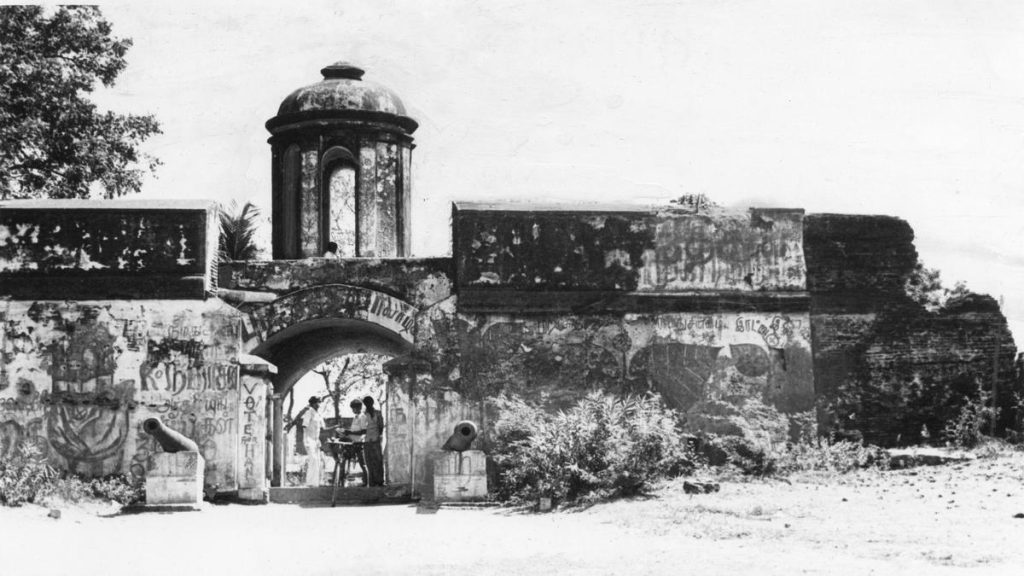Now Reading: Is Your City to Blame for Your Low Step Count?
-
01
Is Your City to Blame for Your Low Step Count?
Is Your City to Blame for Your Low Step Count?

Quick Summary
- Urban design heavily influences walking habits; cities with better walkability scores encourage residents to walk more.
- A study using data from 5,400 users of the activity-tracking app Azumio Argus found a significant increase in daily steps when people moved to more walkable cities.
– Exmaple: People relocating from Dallas (score 45) to Chicago (score 78) walked 1,100 extra steps daily (~11 minutes more).
– New York City residents showed even larger variations of gains or losses when moving between high- and low-walkability areas (±1,400 steps per day).
- Walkability is determined by access to essential places on foot and infrastructure for pedestrians, such as sidewalks and safe intersections.
- Investments in pedestrian-friendly designs-including parks, mixed-use zoning, roadside greenery-positively impact physical health, reduce environmental stressors like flooding and heat islands, and support biodiversity.
- cities with improved walkability could help millions meet global recommended exercise guidelines (150 minutes weekly), reducing risks of chronic disease.
Indian Opinion Analysis
Improved urban design promoting walkability offers valuable insights for Indian cities that face challenges such as rapid urbanization,pollution control needs,and over-reliance on vehicles. With population densities akin to those in major Western metros like NYC or Chicago but frequently enough lacking adequate pedestrian infrastructure or mixed-use zones near housing clusters, similar strategies could be key in addressing public health concerns across India. Promoting pedestrian-friendly spaces is not only cost-effective but also supports climate goals by reducing car dependency.
Dense city cores seen in traditional settings-from past markets to densely populated neighborhoods-show india’s latent potential for improving local mobility through planned interventions like safer crossings or accessible green spaces. these measures would align with government programs focusing on smart cities while enhancing quality of life for millions who rely heavily on walking within urban regions.
By adopting these principles incrementally within existing structures rather than completely revamping landscapes-a proposition demanding resources-Indian policymakers can forge healthier environments without major upheaval while supporting economic benefits for retailers reliant on foot traffic.



























